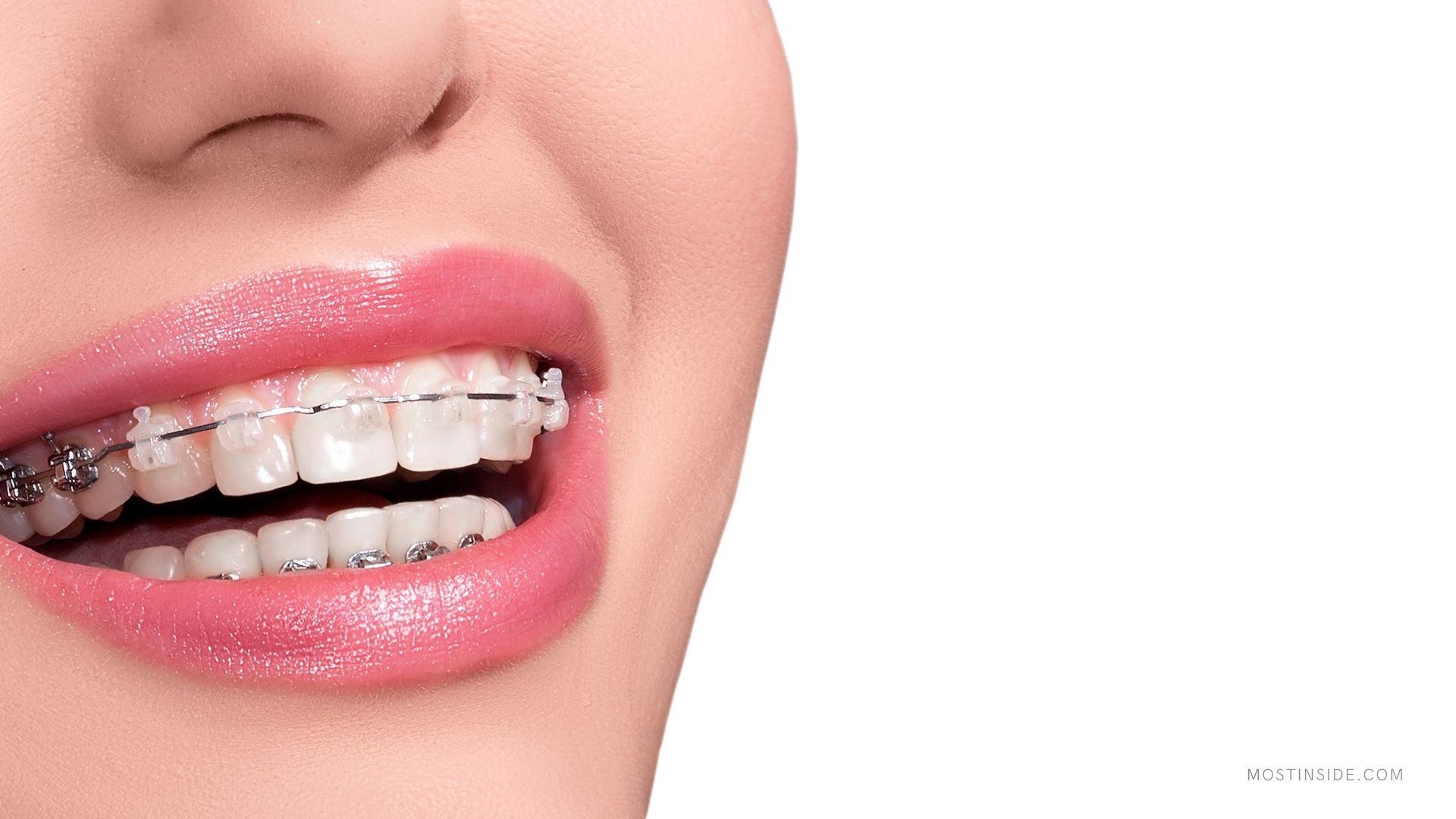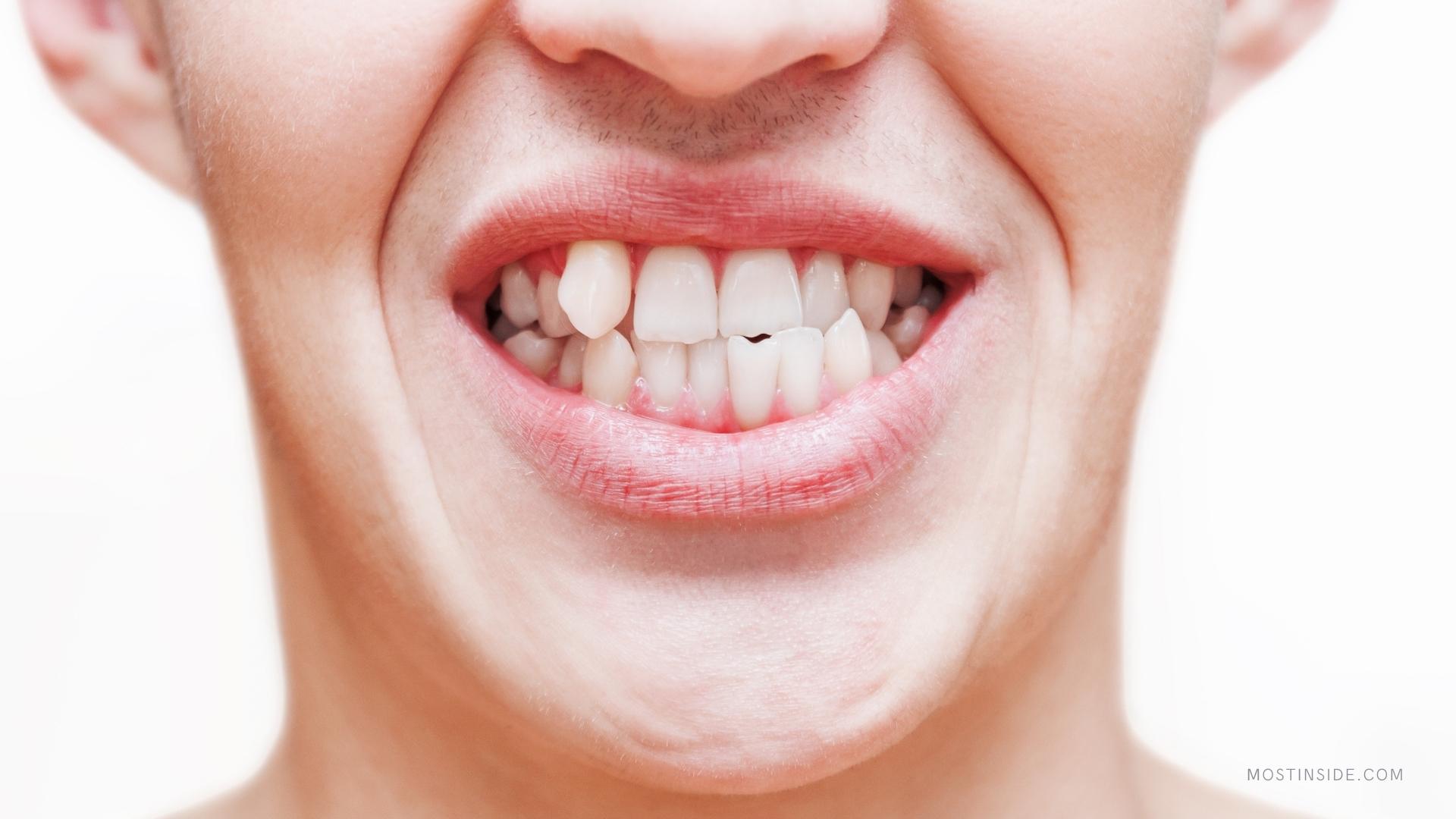4 Options To Fix Crooked Teeth

Are you feeling conscious about your crooked teeth? If so, you might be thinking of the proper ways to fix them. While crooked teeth aren’t uncommon, they’d still make you feel self-conscious and may limit you from smiling comfortably.
Fortunately, many alternatives could help resolve your concerns. For instance, you can consider seeking help from reliable dental services like Invisalign Go or similar service providers within your area. Likewise, you could also book dental appointments with registered dentists and orthodontics that you personally know to achieve that perfect smile as soon as possible.
If you or your loved one has crooked teeth, reading this article may help enrich your knowledge of possible ways in fixing them.
Dental Options For A Picture-Perfect Smile
Typically, people have crooked teeth for various reasons, including poor dental hygiene, premature loss of baby teeth, facial or oral injuries, genetic predisposition, or childhood habits. Teeth misalignment or crooked teeth can also occur at any age. Fortunately, there are many ways to fix them, such as braces, clear aligners, cosmetic dentistry, or headgears.
Apart from that, listed below are some of the best alternatives you can consider to correct crooked teeth:
1. Braces
When it comes to crooked or misaligned teeth, one of the most common options for people is to get braces. Be it for aesthetic purposes or dental issues, dental braces could help correct teeth misalignment.
Specifically, there are different types of braces depending on what you need. Some of them are listed below:
- Traditional Metal Braces
Traditional metal braces might be the key to a photogenic smile for people with severe dental problems. These braces are made of high-grade stainless steel. Through the use of orthodontic glue, brackets, bands, or flexible wires, these are attached to each tooth to straighten the teeth.
This structure may help put pressure on your teeth upon getting your braces done, gradually moving them into the correct position for better alignment.
- Ceramic Braces
Aside from metal braces, you can also consider ceramic braces, also known as porcelain braces. These are perfect for people who prefer simple and less recognizable braces.
In terms of shape and functions, ceramic braces and metal braces work the same way. The only difference is that the ceramic type blends in with your natural tooth color, giving an all-natural look to your teeth. However, the downside of ceramic braces is it tends to be a bit more brittle than traditional metal types.
Nonetheless, ceramic braces could benefit you in many ways, including correcting crooked teeth and giving you a beautiful smile.
- Lingual Braces
Besides ceramic and metal types, another special type of braces is lingual braces. Unlike the former types, lingual braces are attached to the back of your teeth. Moreover, its features are different from the typical shape of other braces shaped into a horseshoe form, with lingual braces it can be custom fixed depending on the contours of your mouth
One of the good things about having lingual braces is that they’d potentially shorten treatment time and fix your teeth faster. Although you may experience difficulty in speaking in the first weeks of using them.
2. Dental Veneers
If you want to improve your teeth’ appearance and make them look straight, then dental veneers might be the right option.
These are known for having shell-like coverings made of resin or porcelain. Resin is an essential element in straightening teeth, while porcelain veneers could help give you the ‘million-dollar smile without wires or aligners.
Typically, cosmetic dental devices like veneers are attached to the front teeth, to achieve a smooth and polished natural look.

3. Clear Dental Aligners
Aside from braces and dental veneers, another excellent alternative you can consider to fix crooked teeth are dental aligners. These are made of thin, transparent material designed to straighten your teeth more quickly, improve dental health, and prevent any risks of misalignment.
Just like braces, dental aligners could slowly move your teeth into the correct position, fixing crowding or misaligned teeth. Another good thing about them is that they’re more comfortable, less noticeable, and easier to maintain than the traditional metal braces. Dental aligners are also removable, allowing you to enjoy your favorite food while promoting good oral hygiene.
4. Corrective Jaw Surgery
When none of the things listed above seem to work, it’s high time to consider corrective jaw surgery. However, do note that this option is often advised for people suffering from more complex dental issues.
If you’re struggling with crooked teeth and overbite, surgery might be necessary. This procedure is known as orthognathic surgery or corrective jaw surgery. It’s a type of dental surgery carried out for severe cases of jaw misalignment and extreme issues of crooked and misaligned teeth.
In most cases, people need to wear braces before and after corrective jaw surgeries for improved teeth alignment.
Key Takeaway
Your teeth are among the first things that people commonly notice about you. Likewise, having a picture-perfect smile is essential in leaving a good impression on other people around you. But, having crooked or misaligned teeth may prevent you from smiling confidently. It may also affect your self-esteem if not promptly addressed
To fix crooked teeth, you can start by seeking dental services from oral health specialists. Book a dental appointment and have your teeth evaluated, then ask for possible solutions. Likewise, you can also consider some of the tips listed above for a better understanding of your condition and options. Through this valuable information, you can logically decide which path to take to have a picture-perfect smile and well-aligned teeth in no time.
Recommended For You
Get Rid Of Embarrassing Body Odour With These Natural Ways
Most Inside
Most Inside offers high-quality recommendations and valuable updates to enhance all aspects of your life, providing premium guidance and enriching experiences.




